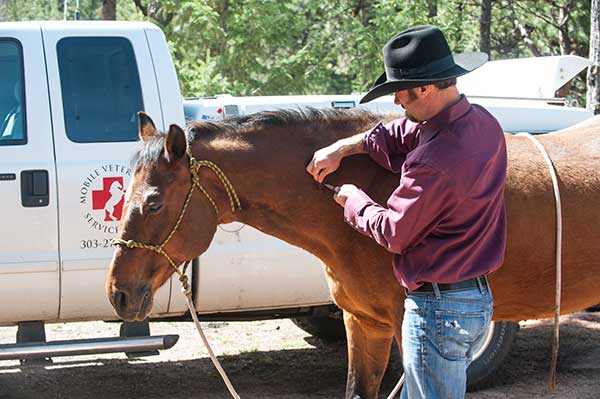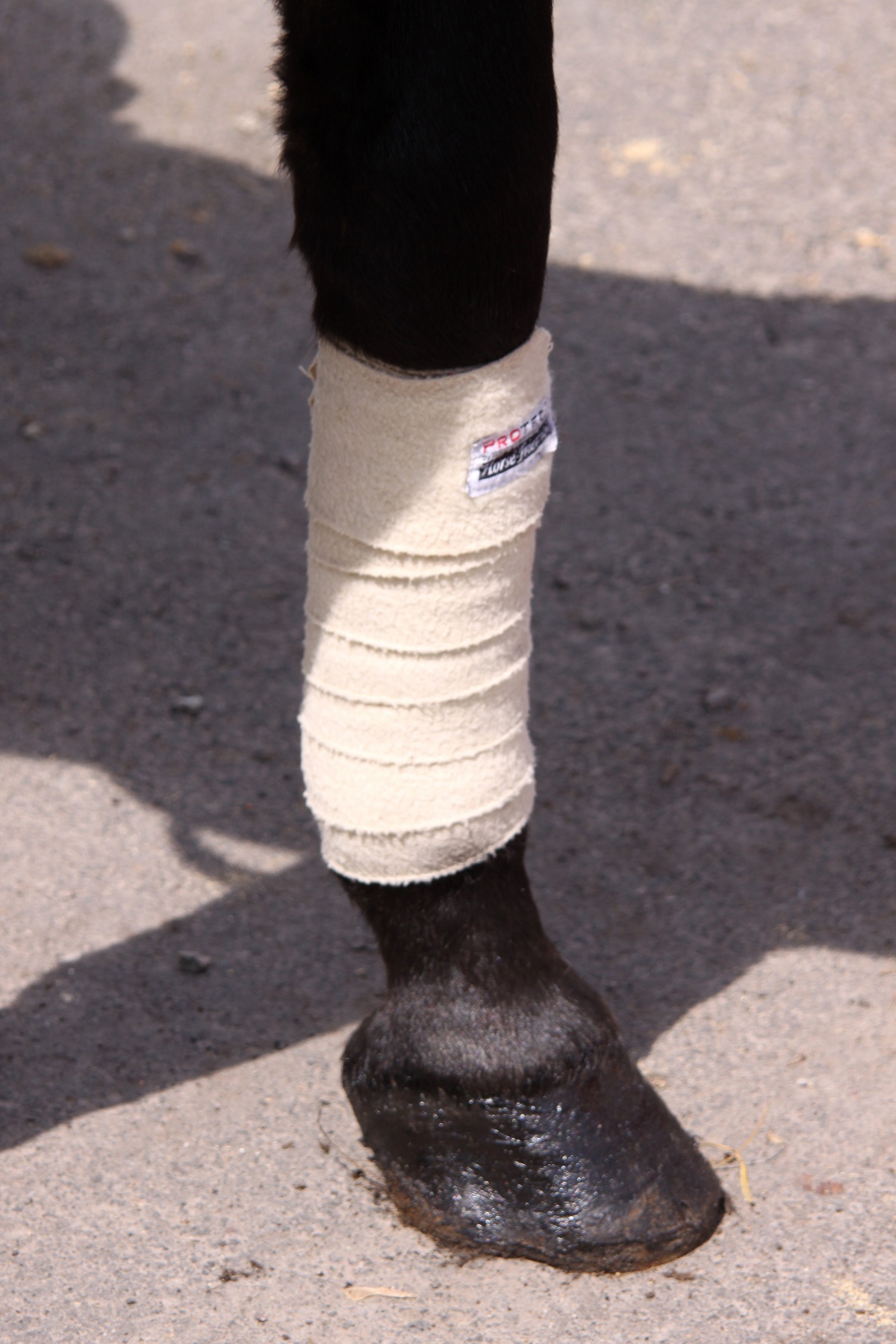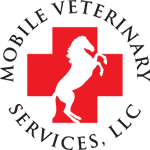 As a horse owner, have you taken responsibility for your horse’s ability to handle potentially stressful situations? Are you prepared for the inevitable emergency situation? Taking the time to evaluate you and your horse’s ability to handle these situations BEFORE...
As a horse owner, have you taken responsibility for your horse’s ability to handle potentially stressful situations? Are you prepared for the inevitable emergency situation? Taking the time to evaluate you and your horse’s ability to handle these situations BEFORE...
 This is a hard post to write. Euthanasia is very difficult topic, and one that none of us want to think about, but it’s something that we, as horse owners, will all have to deal with at some point. Responsible horse stewardship includes making the decision...
This is a hard post to write. Euthanasia is very difficult topic, and one that none of us want to think about, but it’s something that we, as horse owners, will all have to deal with at some point. Responsible horse stewardship includes making the decision...
 Most horse owners are comfortable treating minor** scrapes and wounds on our ever-accident prone horses. But the myriad of available topical products can be overwhelming – what is best to use and when? **As always, if you have ANY concern over the depth of the...
Most horse owners are comfortable treating minor** scrapes and wounds on our ever-accident prone horses. But the myriad of available topical products can be overwhelming – what is best to use and when? **As always, if you have ANY concern over the depth of the...
 No matter how safe their environment may be, horses will always manage to find trouble. Unfortunately, a not-so-uncommon equine emergency is a sharp object that has penetrated through the bottom of the hoof, also known as a street nail. Any penetrating injury to the...
No matter how safe their environment may be, horses will always manage to find trouble. Unfortunately, a not-so-uncommon equine emergency is a sharp object that has penetrated through the bottom of the hoof, also known as a street nail. Any penetrating injury to the...
 While the current wildfires are at some distance from us, we have not been spared from widespread smoke and poor air quality over the last few weeks. Just as poor air quality can be an irritant for us, it can also affect your horse. Unhealthy air contains irritants...
While the current wildfires are at some distance from us, we have not been spared from widespread smoke and poor air quality over the last few weeks. Just as poor air quality can be an irritant for us, it can also affect your horse. Unhealthy air contains irritants...








